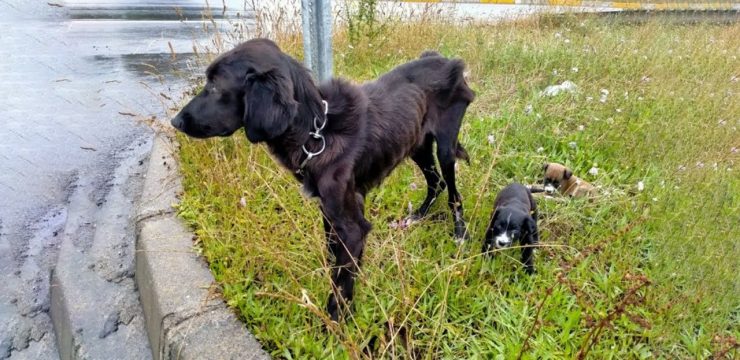If you pride yourself on having a sharp eye and a quick mind, then this spot-the-difference challenge is going to push your observation skills to the limit. The task is simple on the surface: identify 15 differences between two images that look nearly identical. But don’t be fooled—these aren’t easy to spot. At first glance, the images seem exactly the same, but hidden within them are tiny alterations designed to test even the most detail-oriented individuals.

This is more than just a game—it’s a way to evaluate and strengthen your cognitive skills while having fun. Spot-the-difference puzzles have remained popular for decades, and for good reason. They offer far more than entertainment; they’re a legitimate workout for your brain. These puzzles challenge your attention to detail, improve memory recall, boost your speed at visual recognition, and sharpen mental focus. And let’s not forget the pure satisfaction of catching that tiny inconsistency others might overlook. Each time you spot one of those changes, it feels like a small victory. But even seasoned puzzle-solvers fall into common traps that can make finding these differences much harder. One of the biggest mistakes is scanning the image too quickly.
When you rush, you’re more likely to miss subtle cues. Another common misstep is focusing only on the main characters or obvious elements—when in reality, many changes are hidden in background objects, small accessories, or slight color variations. People also tend to ignore pattern shifts or assume repeated elements are identical. The best strategy? Take your time and methodically compare each section of the image—top to bottom, left to right. Now, here’s a breakdown of all 15 changes you should be looking for, so you can double-check your results or guide your next attempt. At the top of the image, a spider web has been added to the trees on the left side. A tree branch near the head of one of the soldiers is missing. The background soldier’s hairline is altered.
The soldier in the front left has a different part in his hair, and his eyebrows appear thicker than in the original image. In the middle section, there are more tricky differences. The soldier’s mouth on the left changes expression, and the collar on the soldier in the center is positioned differently. A badge or pin that was on the left soldier’s strap is gone, and the shape of that same soldier’s pocket is different. The sleeve of the soldier holding the steering wheel has a slight alteration. Moving to the lower part of the image, the left-side soldier’s backpack strap is no longer there. The shape of the driver’s jacket pocket has changed.
The handle on the steering wheel is a different color, and the bag on the driver’s lap has a new design. Finally, the gear shifter beside the steering wheel has changed color. These 15 differences were subtle but intentional, and they illustrate just how much your brain has to fight against its natural instincts. Our minds tend to “fill in the blanks,” seeing what we expect rather than what’s actually in front of us. That’s what makes these puzzles such a great way to retrain your brain—to override assumptions and pay closer attention to reality. So, how many did you find? Were you able to catch all 15 on your first try, or did a few slip past you? Which ones stumped you the most? Drop your results in the comments and see how you compare to others.

And be sure to challenge your friends—it’s always more fun with a little friendly competition. If you found this puzzle difficult, don’t worry—that’s part of the experience. The more you practice these kinds of brain teasers, the better you’ll get. They help you stay mentally agile, strengthen your memory, and enhance your attention to detail. So keep pushing yourself with new challenges. Each time you take one on, you’re building a sharper, smarter mind. Every difference you find is a small win that leads to big improvements. Your brain will thank you for the effort, and you’ll enjoy every moment of the process. Keep challenging yourself—you’re capable of more than you think.





